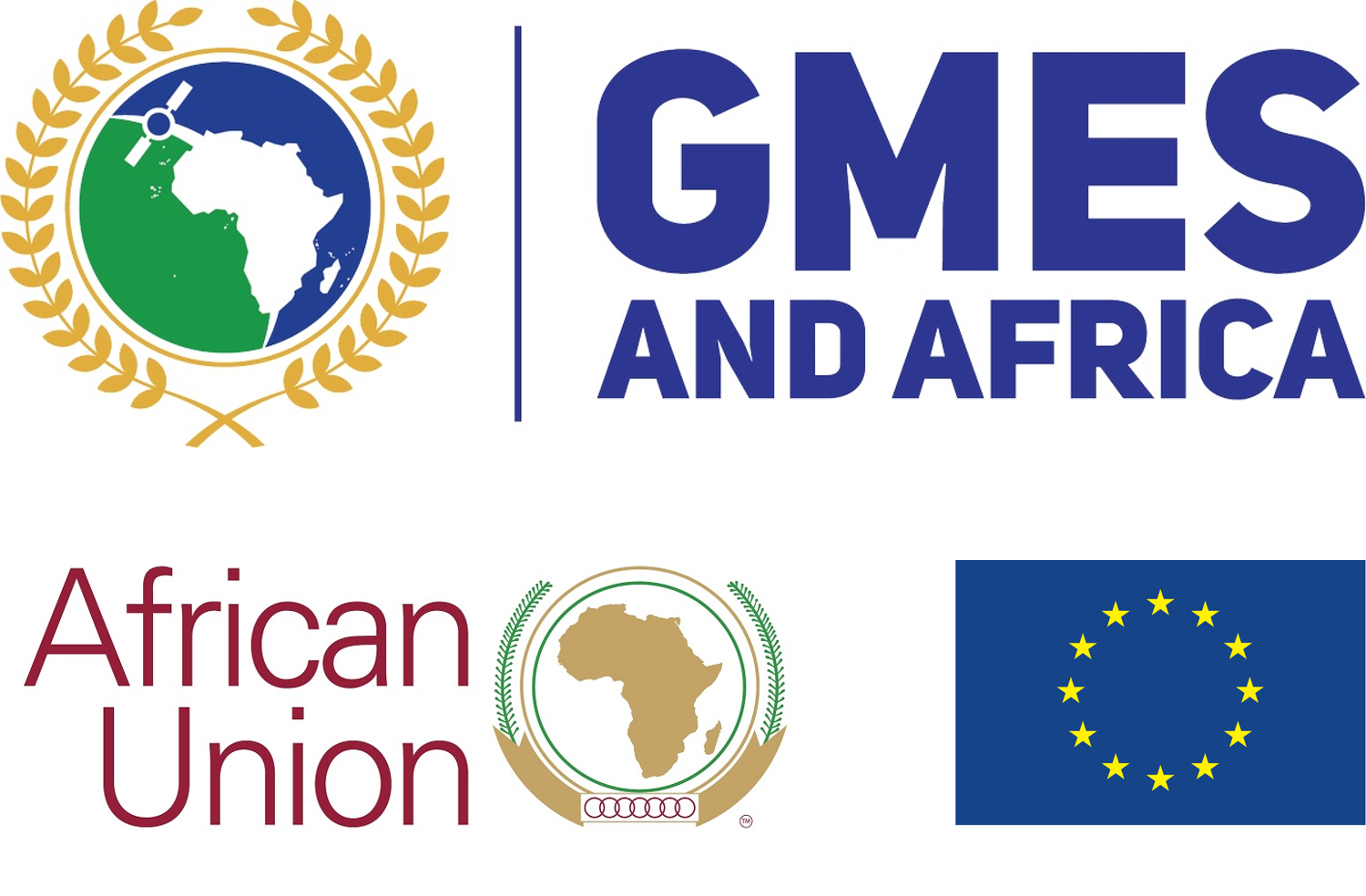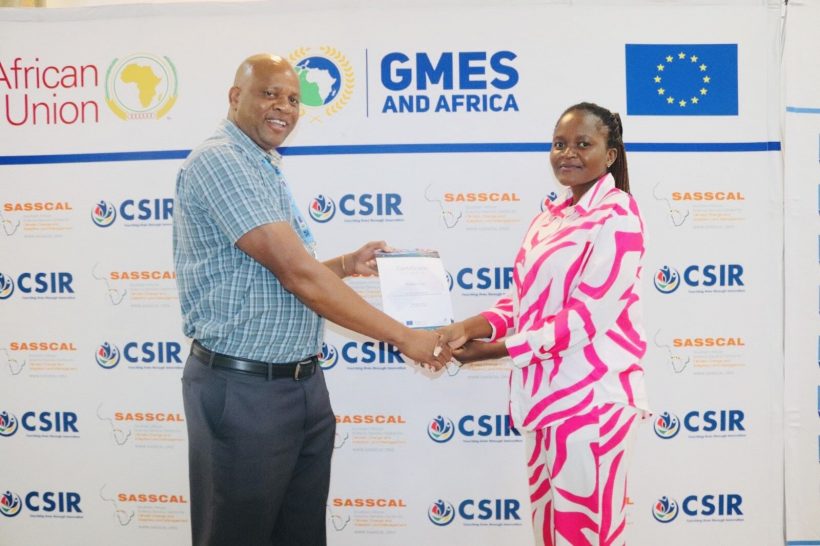As the global community grapples with the growing challenges of climate change, there is an increasing emphasis on empowering the next generation of scientists. These young innovators are seen as key agents of change, armed with fresh perspectives, technological expertise, and a determination to confront environmental crises. Their role in crafting novel solutions and leading impactful mitigation efforts is expected to be pivotal in the coming decades.
In line with this global focus in climate change mitigation and adaptation , the Southern African Science Service Centre for Climate Change and Adaptive Land Management (SASSCAL) continues to invest in the empowerment of young scientists throughout southern Africa. Through its Wetlands Monitoring and Assessment Service for Transboundary River Basins in Southern Africa (WeMAST) initiative, SASSCAL provides essential training on Earth Observation (EO) data—vital tools for environmental monitoring that offer invaluable insights into pressing challenges affecting wetland resources, climate change, land degradation, and natural resource management.
WeMAST, , is a project funded under the Global Monitoring for Environment and Security (GMES) & Africa Support Programme. This initiative, a collaboration between the African Union (AU) and the European Commission (EC), supports the application of space science and technology in addressing environmental issues across the continent.
One notable example of this initiative’s impact was the GMES and Africa Student Exchange Program, which SASSCAL hosted in collaboration with the Council for Scientific and Industrial Research (CSIR). The event, held ahead of the GMES and Africa Southern African Regional Meeting in Mombasa, Kenyain September 2024, provided an enriching platform for young scientists to deepen their understanding of EO data applications. Among the beneficiaries were three students funded by SASSCAL from the University of the Western Cape (UWC), South Africa, and the University of Zambia (UNZA).
Thandekile Dube, a student from the University of the Western Cape, shared her experience of the program, highlighting how it broadened her understanding of EO data and its role in environmental monitoring. “The exchange program shifted my perspective on my studies and expanded my understanding of EO data as a tool for tackling environmental challenges, from natural resource management to climate change,” said Thandekile.
Throughout the exchange, participants were trained in using EO data for a wide range of applications. These included land cover and land use mapping, deforestation and forest degradation monitoring, water quality assessment, and air pollution monitoring. They also gained insights into climate change tracking, including monitoring temperature fluctuations, sea level rise, and ice cover changes.
Thandekile expressed particular excitement about the program’s focus on disaster management, including the use of EO data in flood prediction, landslide detection, wildfire tracking, and drought monitoring. “I was astonished by how EO data can be applied to disaster management—everything from flood forecasting to tracking wildfires; flood monitoring and prediction; landslide detection and warning systems; wildfire detection and tracking’ drought monitoring and Earthquake damage assessment.,” she noted.
The program also covered EO applications for biodiversity conservation, such as habitat mapping, species distribution modeling, and ecosystem health assessments. In addition, participants were introduced to EO data’s potential for tracking invasive species and conducting wildlife monitoring.
Thandekile, who is one of the few women in a male-dominated EO and remote sensing field, described her participation as both an honor and a significant step forward in enhancing female involvement in this scientific domain. “I am incredibly grateful to SASSCAL for this opportunity,” she remarked. “As a woman in Earth observation, this program has been a transformative experience. I also felt immense pride in coming first in the task we were given, which allowed me to showcase everything I had learned.”
The GMES and Africa Student Exchange Program also delved into EO techniques such as satellite remote sensing (including optical, radar, and hyperspectral imaging), aerial photography, unmanned aerial vehicles (UAVs), ground-based sensors, and Geographic Information Systems (GIS). In addition, participants gained hands-on experience with EO satellites like NASA’s Landsat and MODIS, ESA’s Sentinel-2 and Sentinel-3, and others from the European, Indian, and Chinese space agencies. Sessions on EO software tools, including Google Earth Engine, ArcGIS, QGIS, ENVI/IDL, and ERDAS Imagine, rounded out the participants’ practical training.
The applications of EO data are vast, and their significance in addressing environmental challenges continues to grow. By expanding access to these technologies, the GMES and Africa Student Exchange Program is contributing to a new generation of scientists equipped to tackle the complex issues facing southern Africa and the world.
The End




Leave a Reply